UK–Mauritius Deal on Chagos Islands
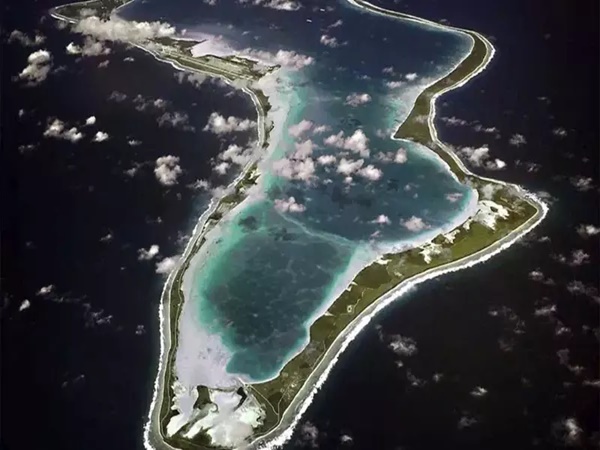
- 25 May 2025
Background:
The Chagos Archipelago, a remote group of over 60 islands in the Indian Ocean, has been at the center of a decades-long sovereignty dispute between the United Kingdom and Mauritius. The UK separated the islands from Mauritius in 1965, three years before Mauritius gained independence, and established the British Indian Ocean Territory (BIOT).
In the 1970s, the UK allowed the United States to build a military base on Diego Garcia, the largest island in the archipelago. The local Chagossian population was displaced, leading to international criticism and legal challenges.
Recent Development
In May 2025, the UK government, led by Prime Minister Keir Starmer, agreed to transfer sovereignty of the Chagos Islands to Mauritius. The agreement follows the 2019 advisory opinion of the International Court of Justice (ICJ) and United Nations resolutions urging the UK to end its colonial administration of the islands.
Key Provisions of the Treaty
- Sovereignty Transfer: Mauritius regains control over the Chagos Archipelago, including Diego Garcia.
- Lease Agreement: The UK will lease back Diego Garcia from Mauritius for 99 years, paying approximately:
- £101–136 million annually, totaling over £3 billion ($4 billion) across the lease term.
- Strategic Base Retained: The US-UK military base on Diego Garcia will continue operating. It is vital for counter-terrorism, surveillance, and regional stability in South Asia, the Middle East, and East Africa.
Geographical Significance
- The Chagos Islands lie about 500 km south of the Maldives and are part of the Chagos–Laccadive Ridge.
- It is the southernmost archipelago of the ridge and is located over 9,000 km southeast of the UK.
- Major islands: Salomon Islands, PerosBanhos, Diego Garcia.
Strategic and Military Importance
- Diego Garcia serves as a key US military outpost, supporting operations in multiple global regions.
- Described as an “almost indispensable platform”, the base has hosted long-range bombers and surveillance missions.
- Recently, it has been used for nuclear-capable bomber deployments and airstrike missions.
Local and International Reactions
- Mauritius: The agreement is celebrated as the completion of its decolonisation process. Chagossian exiles expressed joy over the chance to return to their ancestral lands.
- India: Strongly supported the sovereignty restoration, aligning with its principles on decolonisation, sovereignty, and territorial integrity. India views the resolution as a positive development for Indian Ocean regional stability.
Criticism and Concerns
- Some UK opposition leaders raised concerns about national security and financial burden on taxpayers.
- There are apprehensions about Mauritius’s close trade ties with China, though the deal includes safeguards against “malign influence.”
Payments Regulatory Board (PRB)
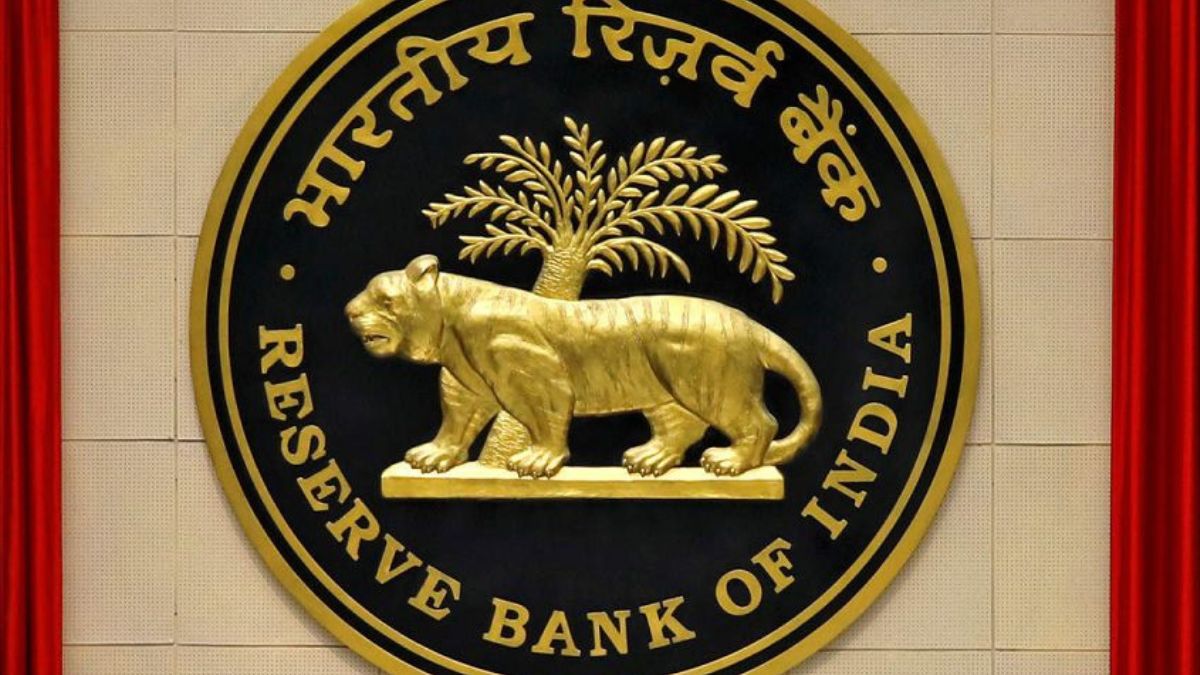
- 25 May 2025
In News:
The Central Government has notified the Payments Regulatory Board Regulations, 2025, replacing the earlier Board for Regulation and Supervision of Payment and Settlement Systems (BPSS) with a new statutory authority — the Payments Regulatory Board (PRB).
About the PRB
- Legal Basis: Constituted under Section 3 of the Payment and Settlement Systems Act, 2007.
- Objective: To regulate and supervise payment systems in India with broader representation and holistic oversight.
Composition (Total: 6 Members)
- Chairperson: Governor of the Reserve Bank of India (RBI)
- Ex-Officio Members:
- Deputy Governor of RBI in charge of the Department of Payment and Settlement Systems (DPSS)
- One RBI official nominated by the RBI Central Board
- Government Nominees:Three members nominated by the Central Government (previous BPSS had none)
Other Key Features:
- Expert Consultation: PRB can invite experts from fields like law and IT as permanent or ad hoc members.
- Eligibility Criteria:
- Members must be below 70 years of age
- Should not hold any legislative office or have material conflicts of interest
- Governance:
- Board meets at least twice a year
- Decisions are by majority vote; in case of a tie, the Chairperson (or Deputy Governor) casts the deciding vote.
- Delegation: PRB can delegate functions to RBI officers or sub-committees.
Institutional Support
- The PRB will be supported by the RBI’s DPSS, which will report directly to the board.
Significance of the Reform
- Marks a structural reform in the regulation of India’s rapidly growing payments ecosystem.
- Enhances government oversight through its nominees.
- Aims to improve coordination among various departments (e.g., fintech, digital payments).
- Seeks to provide uniform and consolidated regulation across diverse payment systems.
Acharya Charaka and Sage Sushruta
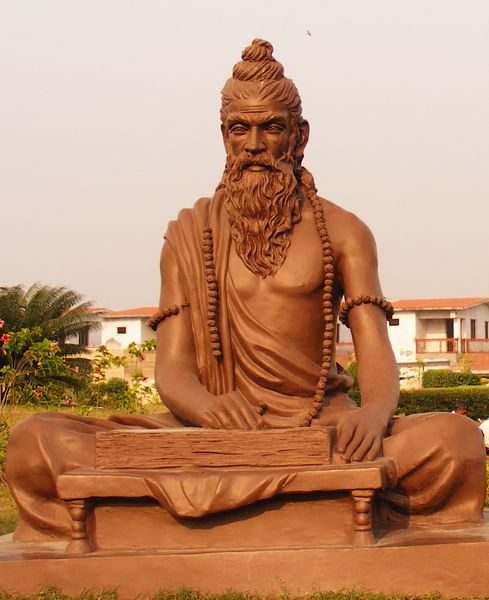
- 25 May 2025
In News:
The Vice-President of India recently inaugurated the statues of Acharya Charaka and Sage Sushruta at Raj Bhavan, Goa, to honour India's ancient medical heritage rooted in Ayurveda and surgery.
Acharya Charaka – Father of Indian Medicine
- Period: Circa 100 BCE – 200 CE
- Region: Associated with Taxila, under the Kushan emperor Kanishka.
- Key Contribution:
- Originally based on the Agnivesha Samhita, later revised and compiled by Charaka.
- Focused on internal medicine (Kayachikitsa).
- Discussed physiology, disease pathology, diagnosis, and therapeutic techniques.
- Introduced the concept of three doshas: Vata, Pitta, Kapha—the basis for diagnosis and treatment in Ayurveda.
- Provided early insights into embryology (Garbha Vigyan) and preventive healthcare.
- Stressed medical ethics, such as confidentiality, non-maleficence, and the moral duties of a physician.
- Emphasized the importance of diet, lifestyle, and environmental factors in health.
- The Charaka Samhita is part of the B?hatTrayi (Great Trilogy) of Ayurveda and was expanded by D??habala.
- Translated into Arabic, Latin, and other languages, reflecting its global medical influence.
Sage Sushruta – Father of Surgery
- Period: Circa 600–700 BCE
- Region:Practised in Kashi (Varanasi), likely under King Divodasa.
- Key Contribution:
- A pioneering treatise in surgery and medical science.
- Detailed 300+ surgical procedures and over 100 surgical instruments.
- Innovations include rhinoplasty (nasal reconstruction), skin grafts, cataract surgery, and caesarean sections.
- Explained fractures, dislocations, use of anaesthesia, and surgical training.
- Emphasized dissection-based anatomy, practical education, and simulation for surgical learning.
- Covered areas like public health, toxicology, pediatrics (Kaumarbhritya), and neonatal care.
- Integrated scientific observation, hygiene, and evidence-based methods long before modern systems.
Collective Significance:
- Both are part of the B?hatTrayi (Charaka Samhita, Sushruta Samhita, and Ashtanga Hridaya), forming the backbone of Ayurvedic literature.
- Their work laid the foundation for:
- Holistic medicine and ethical healthcare practice.
- Advanced understanding of human physiology and embryology.
- Scientific surgery, centuries ahead of global developments.
- Contributions to child health (Kaumarbhritya) and public hygiene.
- Their texts influenced Arab and European medicine through translations such as Kitab-i-Susrud.
Asian Productivity Organization (APO)
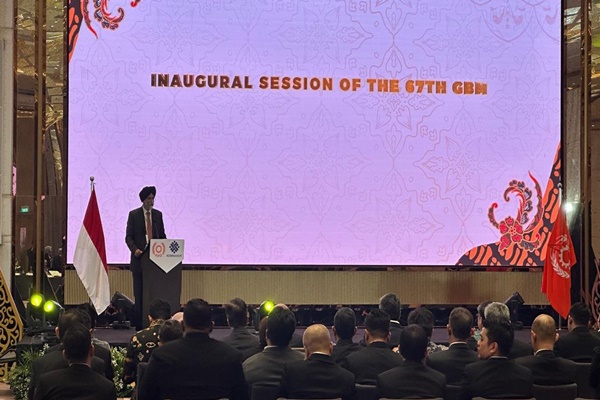
- 25 May 2025
In News:
India has officially taken over the Chairmanship of the Asian Productivity Organization (APO) for the 2025–26 term during the 67th Governing Body Meeting.
About APO:
- Type: Regional intergovernmental organization.
- Established:1961.
- Headquarters:Tokyo, Japan.
- Membership: 21 member economies from the Asia-Pacific region, including India, Japan, Iran, Indonesia, Vietnam, Philippines, South Korea, Singapore, and others.
- India:Founding member of the APO.
Key Objectives:
- Enhance productivity in member countries through mutual cooperation.
- Foster sustainable and inclusive socioeconomic development.
- Promote innovation-led growth across industry, agriculture, services, and public sectors.
Core Functions:
- Policy Advisory:Assists governments in designing national productivity strategies.
- Capacity Building:Conducts training programs, workshops, and research initiatives to boost productivity skills.
- Centres of Excellence:Facilitates innovation and best practices sharing among members.
- Green Productivity:Promotes environmentally sustainable growth models.
- Digital & Innovation Ecosystem:Encourages digital transformation and entrepreneurship through regional collaboration.
Organizational Structure:
- Governing Body:The apex decision-making entity; sets strategic direction and reviews performance annually.
- National Productivity Organizations (NPOs):Act as nodal agencies coordinating with the APO at the national level.
- Secretariat:Based in Tokyo, headed by a Secretary-General, manages daily operations.
Significance for India:
- India’s chairmanship marks a step forward in shaping regional productivity policies and highlights India’s commitment to sustainable development and economic cooperation in the Asia-Pacific.
State of the World’s Animal Health Report 2025
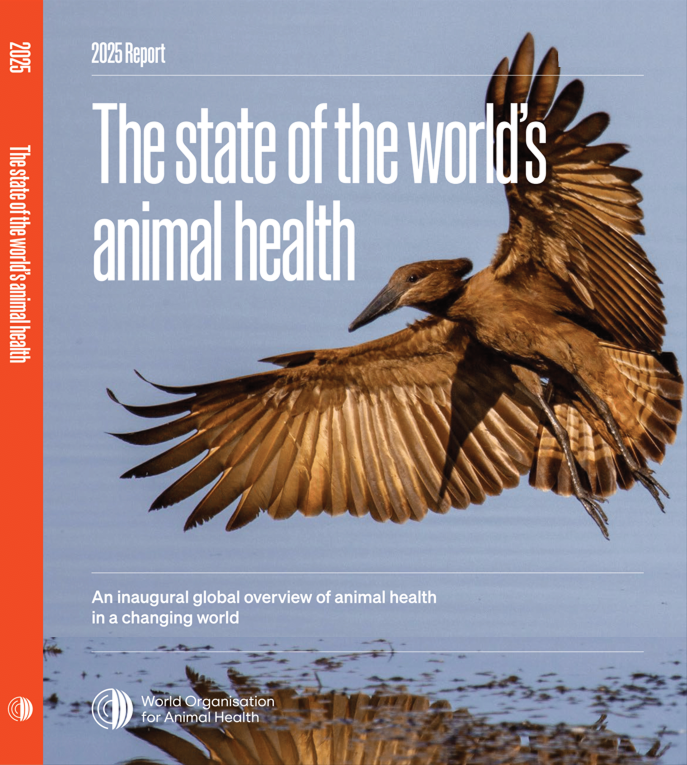
- 25 May 2025
In News:
Infectious animal diseases are spreading to previously unaffected regions and species, with nearly half (47 per cent) capable of zoonotic transmission or spreading between animals, according to the inaugural State of the World’s Animal Health report released by the World Organisation for Animal Health (WOAH).
Key Details:
Published by:
- World Organisation for Animal Health (WOAH), formerly OIE (Office International des Epizooties), founded in 1924, headquartered in Paris.
- Recognized by the WTO for setting global standards on animal health and zoonotic disease control.
Objective of the Report:
- To provide a comprehensive global assessment of animal health trends, risks, and disease outbreaks.
- To promote a One Health approach, linking animal health with human health and environmental sustainability.
Major Findings:
1. Rising Zoonotic Threats:
- 47% of animal diseases reported between 2005–2023 have zoonotic potential (can spread from animals to humans).
- These include avian influenza, African swine fever (ASF), foot-and-mouth disease (FMD), and Peste des Petits Ruminants (PPR).
2. Geographic Expansion of Diseases:
- Diseases are emerging in new regions and species due to climate change, global trade, and ecosystem disruptions.
- Example: ASF jumped over 1,800 km to reach Sri Lanka in 2024, marking the year's most significant disease leap.
- PPR re-emerged in Europe, traditionally limited to developing regions.
3. Avian Influenza Evolution:
- Over 630 million birds culled or lost in 20 years.
- In 2024, more outbreaks were reported in non-poultry species (55 countries) than poultry (42 countries).
- Mammal infections doubled, raising concerns of cross-species transmission.
4. Other Notable Disease Events:
- Germany faced its first FMD outbreak since 1988.
- New World Screwworm, a parasitic fly, re-emerged in Mexico and Nicaragua.
- Bluetongue virus reported in 23 countries with over 3,500 cases in 2024.
Antimicrobial Resistance (AMR): A Global Threat
Key Data:
- By 2050, AMR may cause:
- Loss of livestock threatening food security for 2 billion people.
- $100 trillion global economic loss.
Drivers:
- Indiscriminate use of antibiotics in livestock, aquaculture, and agriculture.
- Around 20% of countries still use antimicrobials as growth promoters, including high-priority drugs like colistin and enrofloxacin.
Trends:
- Global antibiotic use in animals fell by 5% (2020–2022).
- Europe: 23% decline.
- Africa: 20% decline.
Recommendations by WOAH:
- Enhance vaccine access and distribution, especially in low-income countries.
- Strengthen Veterinary Services, surveillance, and biosecurity.
- Improve hygiene and disease prevention to reduce antibiotic dependence.
- Promote international cooperation under the One Health framework.
- Ban or regulate the use of antibiotics as growth promoters.
About WOAH:
- Intergovernmental organization with 183 member countries, including India.
- Monitors, controls, and reports on animal diseases to ensure safe trade, public health, and food security.
- Partner in Global Action Plan on AMR with WHO and FAO.
Indian Initiatives on AMR & Animal Health:
- National Action Plan on AMR (2017–2021) – Focus on awareness, surveillance, infection control, and R&D.
- FSSAI guidelines to regulate antibiotic residues in food of animal origin.
- National Animal Disease Control Programme (NADCP) – Focus on vaccination against FMD and Brucellosis.
